Sometimes, inventions shape our world in ways we never imagined. A simple idea, born from necessity or curiosity, can ripple through history, affecting our lives in surprising and profound ways. Whether it’s an everyday item or a groundbreaking technology, these inventions have done more than just solve problems—they’ve reshaped cultures, economies, and even the way we see ourselves. Here’s a look at 21 inventions that changed the world in unexpected ways, revealing the curious twists and turns of human ingenuity.
1. The Microwave Oven: From Radar to Dinner Table

Originally developed from radar technology during World War II, the microwave oven was an accidental invention. Percy Spencer noticed that the radar waves melted a chocolate bar in his pocket, leading to the creation of a kitchen staple that revolutionized cooking by drastically reducing meal preparation times.
2. Penicillin: A Moldy Mistake That Saved Millions
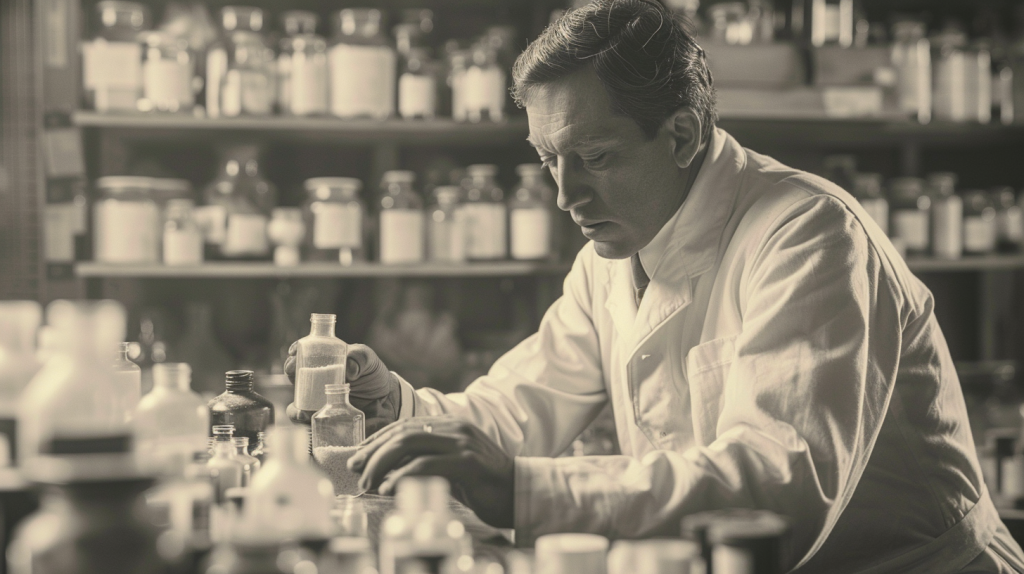
Penicillin was discovered by Alexander Fleming in 1928 when he noticed that a mold called Penicillium notatum killed bacteria in a petri dish. What started as an accidental discovery in a messy lab became the world’s first antibiotic, saving countless lives from infections that were once fatal.
3. The Internet: A Defense Project Turned Global Network

Originally designed as a communication network for the U.S. Department of Defense, the internet has evolved into a global information superhighway. This invention, intended for secure military communication, has transformed how we connect, work, learn, and share information worldwide.
4. Velcro: Inspired by Nature’s Stickiness

Velcro was inspired by the tiny hooks on burrs that stuck to Swiss engineer George de Mestral’s clothes and his dog’s fur during a walk in 1941. This simple, nature-inspired fastening system became a ubiquitous part of everything from clothing to space suits.
5. The Slinky: A Toy Born from a Naval Experiment
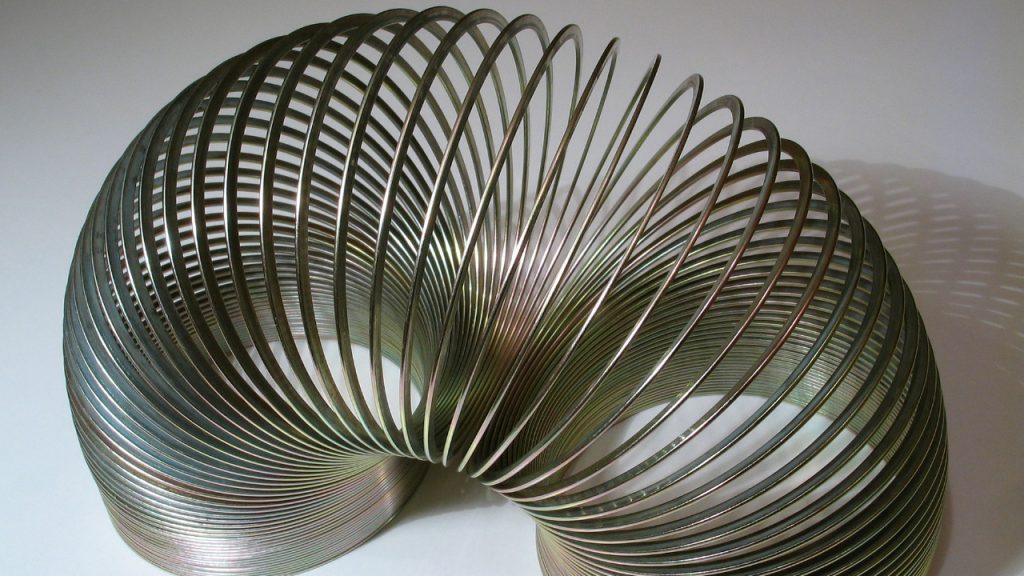
The Slinky was invented by accident when naval engineer Richard James dropped a tension spring, which then “walked” down the stairs. What started as a curiosity soon became one of the most iconic and beloved toys of the 20th century.
6. Post-it Notes: A Sticky Solution for a Stubborn Problem

Post-it Notes were created by 3M scientist Spencer Silver, who was trying to develop a strong adhesive but ended up with a low-tack glue. Years later, a colleague used this “failed” adhesive to keep bookmarks in his hymnal, leading to the birth of the sticky notes we use today.
7. Teflon: An Accidental Discovery with Endless Uses

Teflon was accidentally discovered by Roy Plunkett in 1938 while he was trying to develop a new refrigerant. The slippery, non-reactive substance became the basis for non-stick cookware and is used in countless applications, from clothing to spacecraft.
8. The Pacemaker: A Heart-Saving Mistake

The pacemaker was invented by Wilson Greatbatch, who accidentally installed the wrong resistor into a device he was building to record heart sounds. Instead, it emitted electrical pulses, leading to the creation of the pacemaker, a life-saving device for millions of heart patients.
9. X-rays: Seeing the Invisible
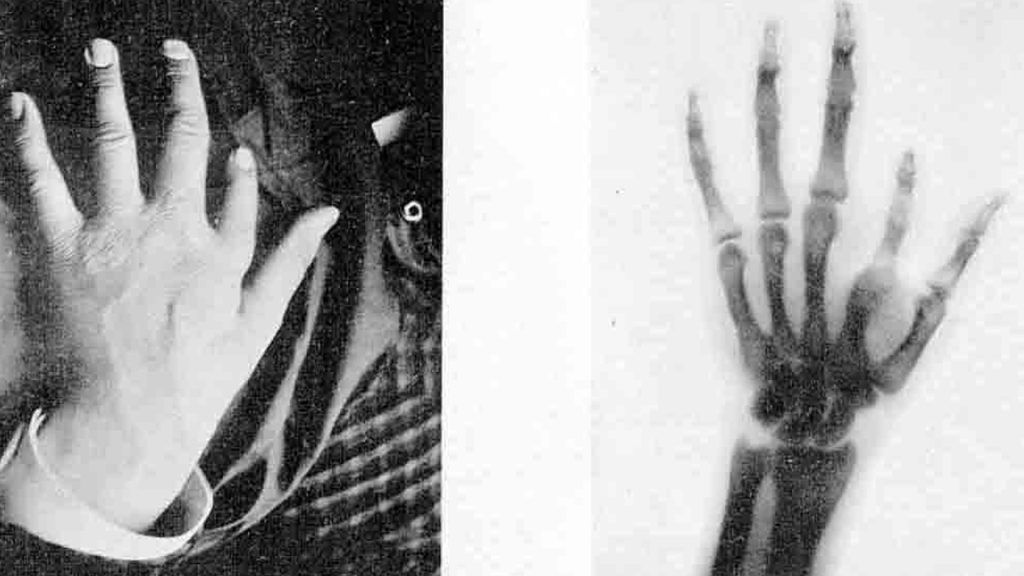
X-rays were discovered by Wilhelm Conrad Roentgen in 1895 when he noticed that a fluorescent screen in his lab started to glow even though it wasn’t exposed to visible light. This discovery revolutionized medicine, allowing doctors to see inside the human body without surgery.
10. The Compass: Guiding More Than Just Ships
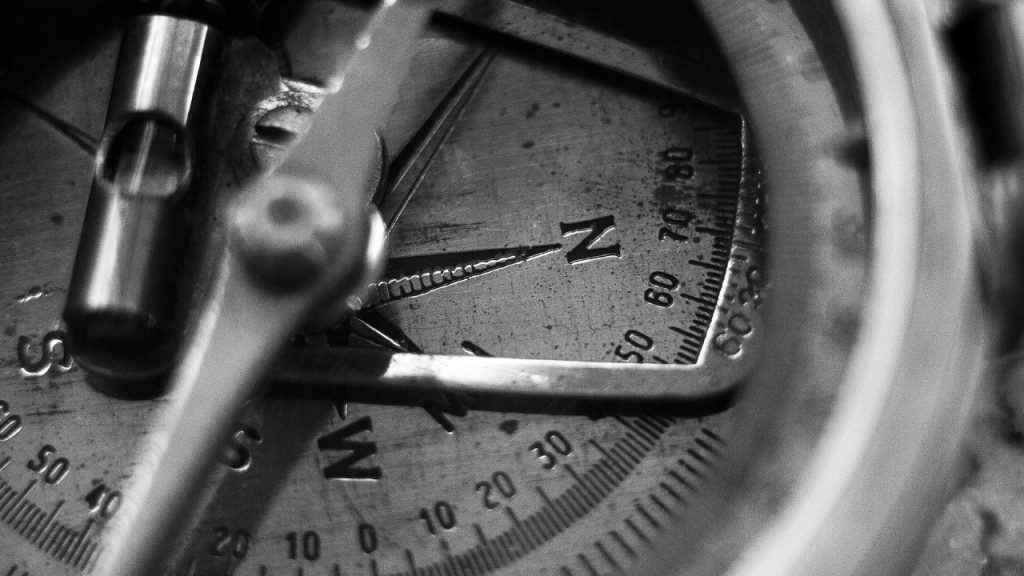
The magnetic compass, invented in ancient China, was initially used for fortune-telling before its navigational potential was realized. This simple tool not only revolutionized sea travel but also changed the course of human exploration, enabling the Age of Discovery.
11. The Telephone: Connecting the World in Unexpected Ways
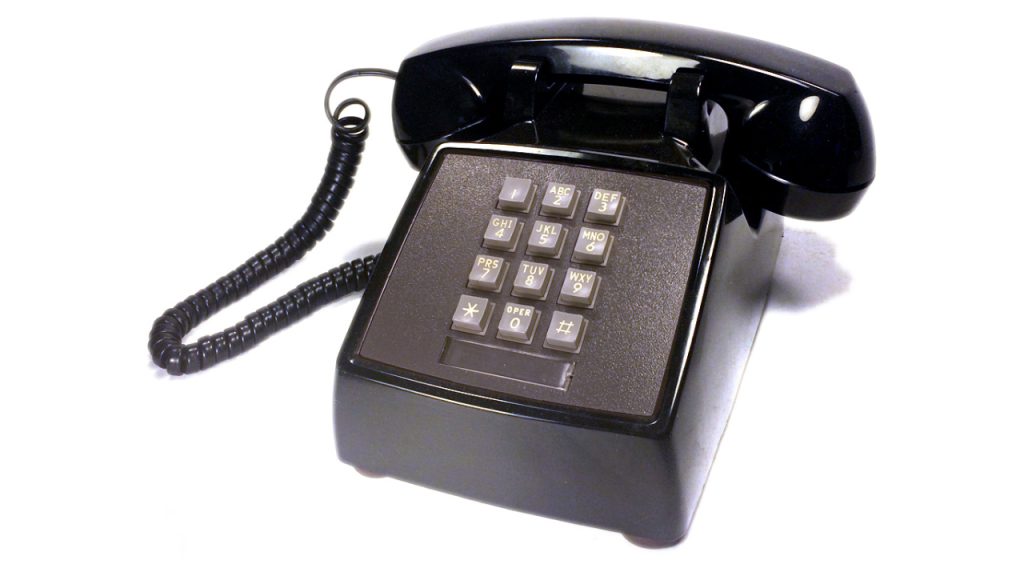
Alexander Graham Bell’s invention of the telephone in 1876 was initially intended to help the hearing impaired. However, it quickly became a device that connected people across vast distances, laying the groundwork for the global communication networks we rely on today.
12. The Rubber Eraser: Fixing Mistakes with Sap
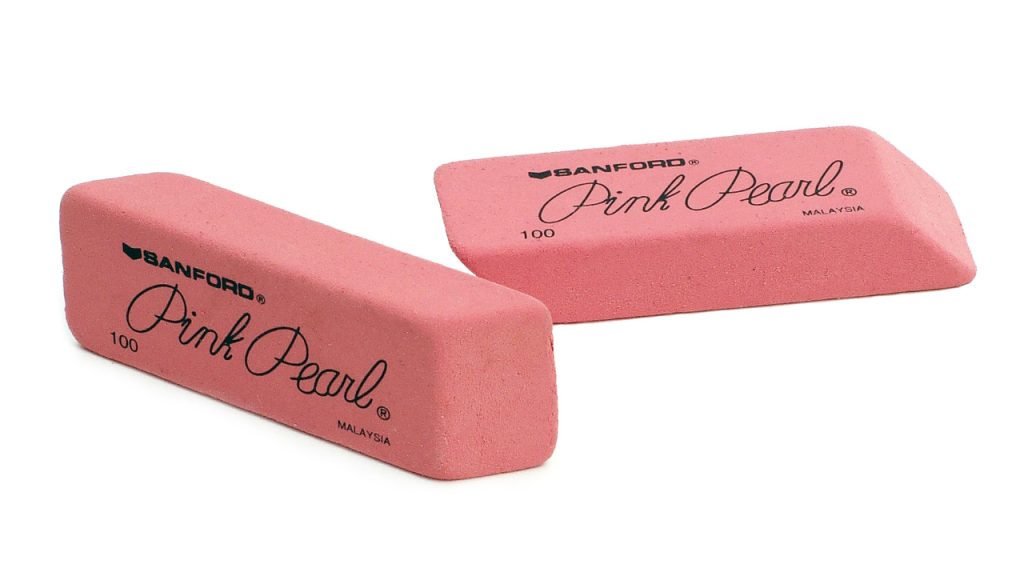
The rubber eraser was invented when British engineer Edward Nairne accidentally picked up a piece of rubber instead of breadcrumbs, which were used to erase pencil marks. This simple invention made it easier for people to correct their mistakes, changing how we write and learn.
13. The Sewing Machine: Stitching Together a New Era
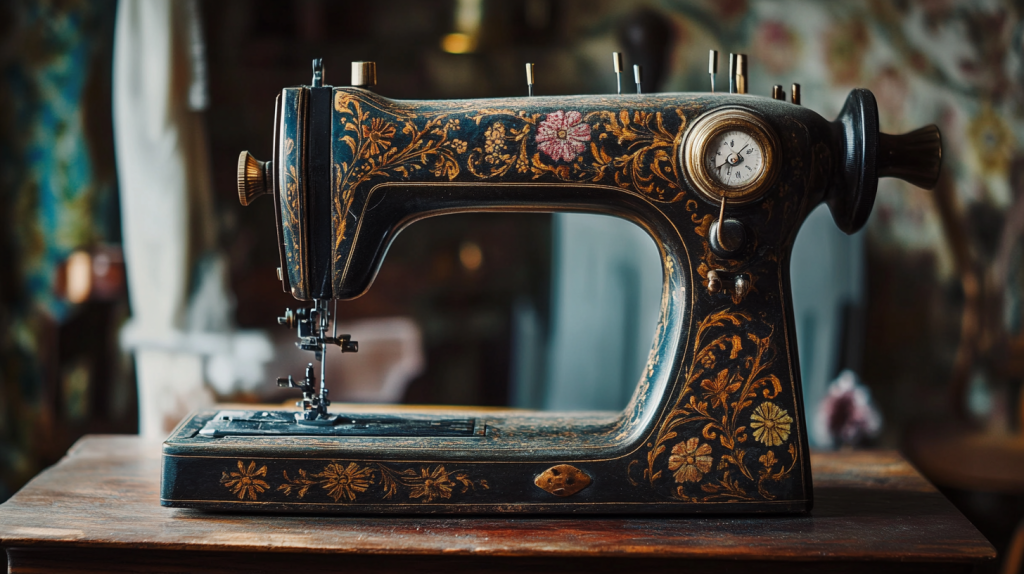
Elias Howe’s sewing machine, invented in 1846, was met with resistance from tailors who feared it would take away their jobs. Instead, it revolutionized the textile industry, making clothing more affordable and creating new job opportunities in manufacturing.
14. The Safety Pin: A Quick Fix That Stuck
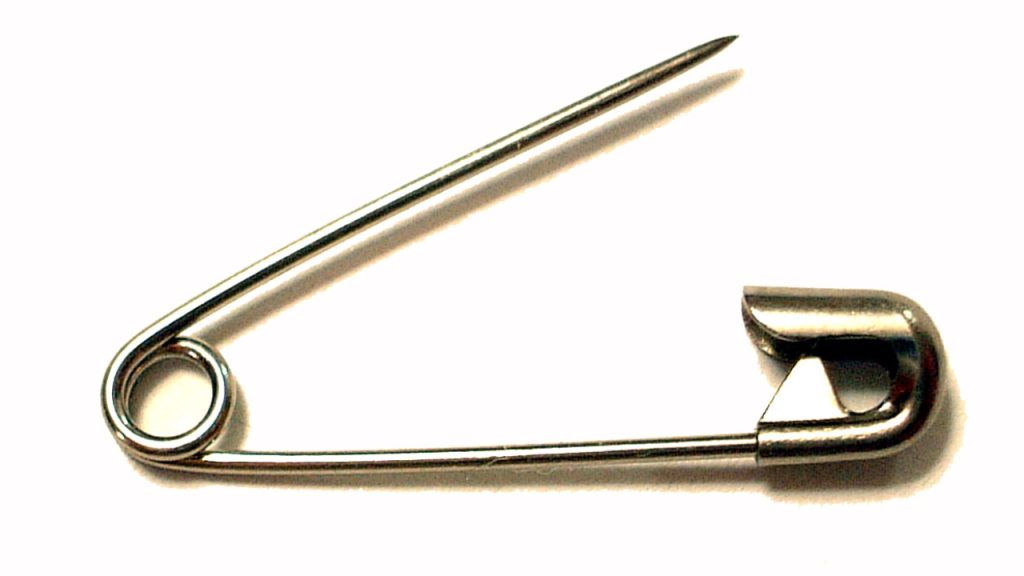
Walter Hunt invented the safety pin in 1849 as a way to pay off a $15 debt. This small, simple device became a staple in households worldwide, used for everything from fastening clothes to emergency repairs.
15. The Barcode: Organizing the Modern World
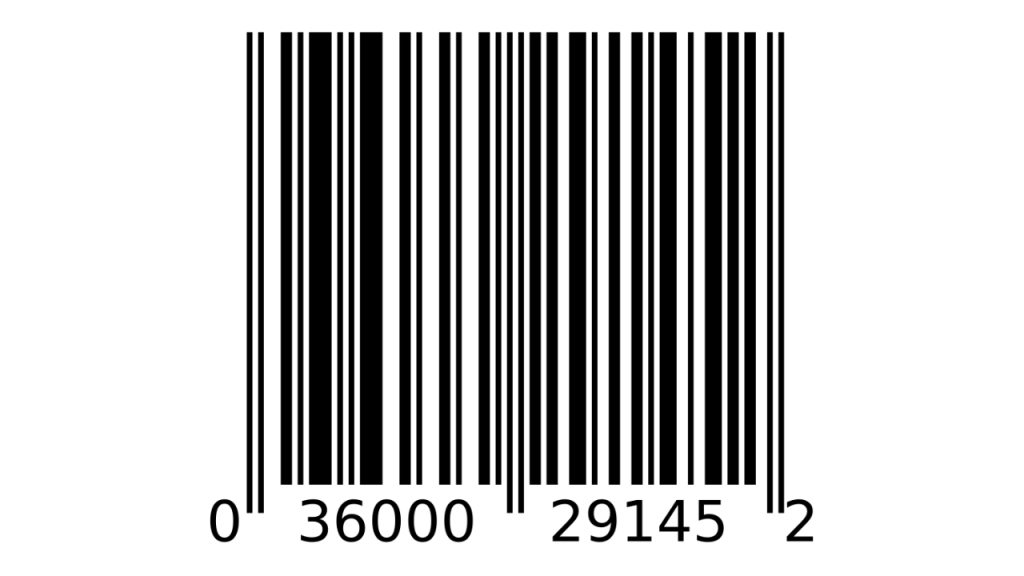
The barcode was developed in 1952 by Norman Joseph Woodland and Bernard Silver, initially inspired by Morse code. What began as a solution for tracking products in grocery stores now organizes our entire economy, from retail to logistics and beyond.
16. The Airplane: From Dream to Reality

The Wright brothers’ invention of the airplane in 1903 was a giant leap forward in transportation. What was once a dream of human flight turned into a technology that shrunk the world, connecting distant places and cultures like never before.
17. The Zipper: A Fastening Revolution
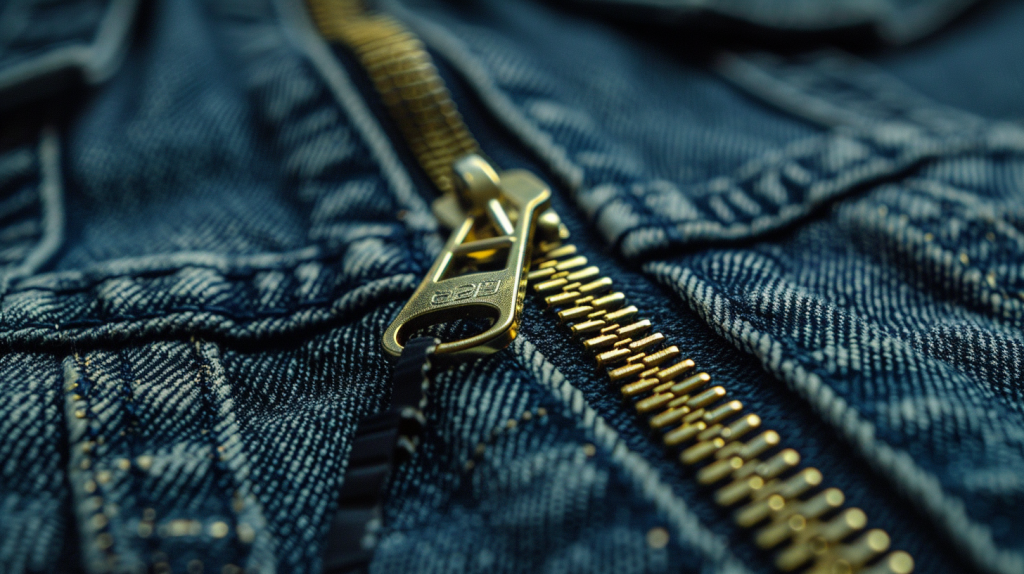
The zipper was invented by Whitcomb Judson in 1893 as a way to make fastening shoes easier. Today, it’s an essential part of clothing, luggage, and countless other products, making life a little more convenient with every zip.
18. The Light Bulb: Illuminating More Than Just Homes

Thomas Edison’s light bulb wasn’t the first, but it was the most practical. This invention not only lit up homes and streets but also extended working hours and transformed industries, contributing to the rapid pace of industrialization.
19. The Bicycle: Two Wheels of Freedom

The bicycle, invented in the early 19th century, wasn’t just a new mode of transportation—it gave people newfound freedom. It played a crucial role in women’s independence and mobility, and it’s still a symbol of eco-friendly transport today.
20. The GPS: From Military Tool to Everyday Necessity
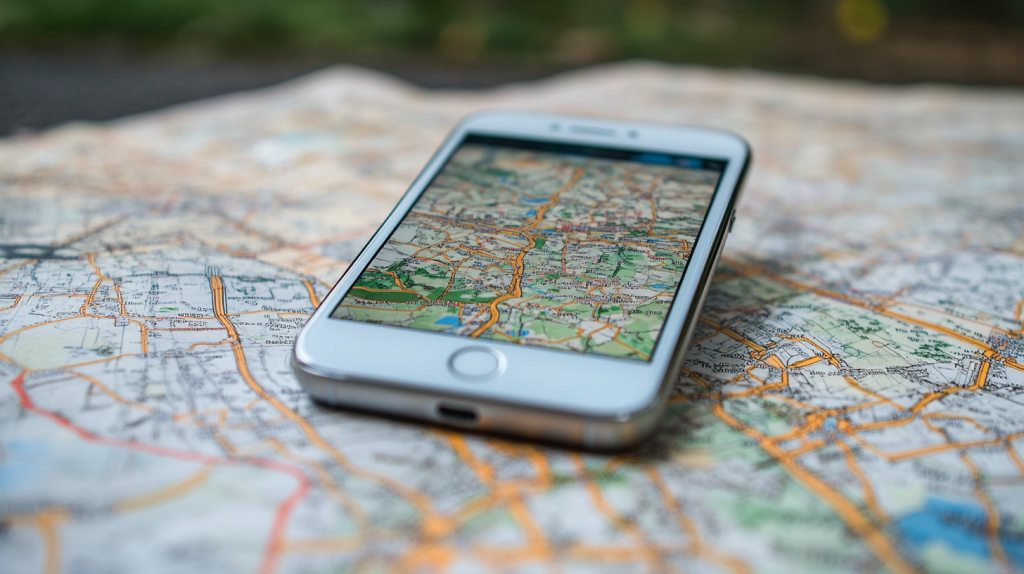
The Global Positioning System (GPS) was initially developed by the U.S. military for navigation and missile targeting. Today, it’s an essential part of everyday life, helping us find our way in cars, on foot, and even on our phones.
21. The Camera: Capturing Moments, Changing Perspectives
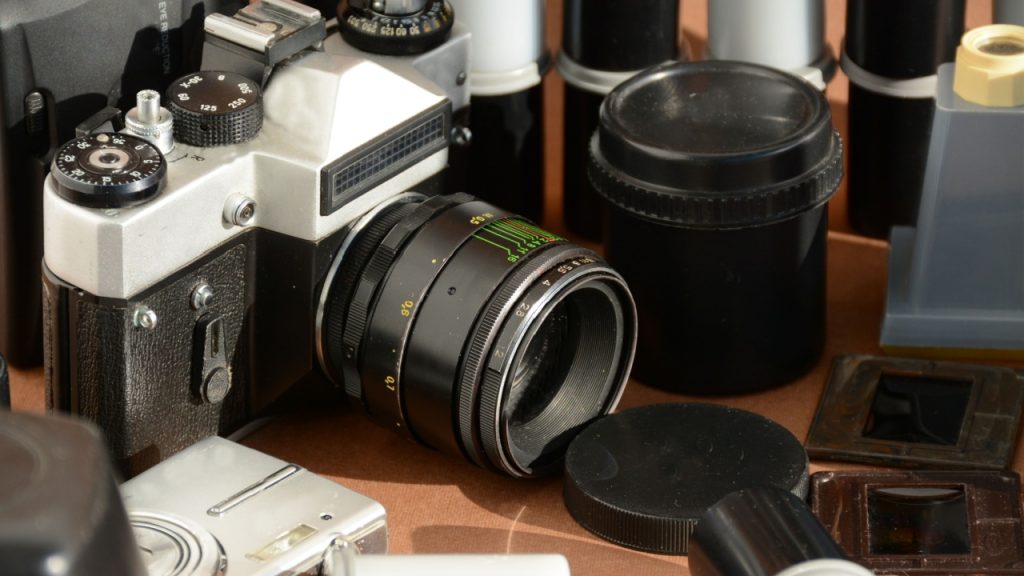
The camera was originally a scientific tool for documenting the world, but it quickly became an art form and a way to capture personal memories. From film to digital, the camera has changed how we see ourselves and our world, one snapshot at a time.
21 Things Pilots Are Forbidden to Do During Flights

Have you ever wondered what rules pilots must follow while they’re in the cockpit? Being a pilot is a job that comes with a lot of responsibility and a strict set of rules to ensure the safety of everyone on board.
These rules ensure that pilots maintain the highest standards of safety and professionalism while flying. By adhering to these guidelines, they help ensure that every flight reaches its destination safely.
Read More: 21 Things Pilots Are Forbidden to Do During Flights
Ellen has been obsessed with logic puzzles, jigsaws, and cryptograms since she was a kid. After learning she was taught how to play chess wrong by a family friend (so they could win), she joined her school chess club and the rest is history.


